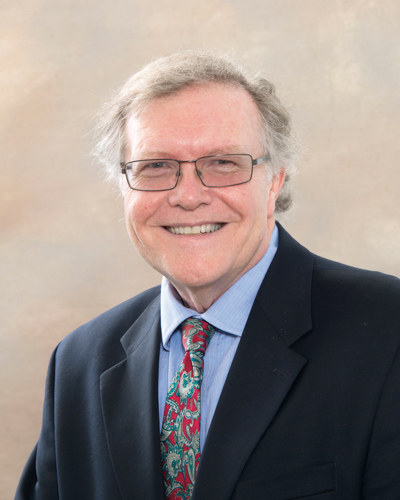Why I Study…Chinese Foreign Policy Rhetoric
Professor of Political Science Chris Herrick shares how he came to his current field of research.By: Chris Herrick, as told to Meghan Kita Monday, December 16, 2019 11:46 AM
 My father was stationed in China during World War II. I heard stories from him about what it was like. A peasant there told my father: “Don’t worry about how chaotic China is today. In 50 to 100 years, China will be great again.” And indeed, China has risen again.
My father was stationed in China during World War II. I heard stories from him about what it was like. A peasant there told my father: “Don’t worry about how chaotic China is today. In 50 to 100 years, China will be great again.” And indeed, China has risen again.
My undergraduate mentor was from Burma, and that reinforced my interest in Asia. When I went for my master’s degree, I worked with a southeast Asian specialist, but nothing quite piqued the same interest in me as China. The problem when I first came to Muhlenberg was there was already an East Asian specialist. When he retired, I took over.
I joined the ASIANetwork, a group of representatives from 170 colleges that teach East Asian studies, and I met other people interested in China. In 2016, I co-authored a book, China’s Peaceful Rise: Perceptions, Policy and Misperceptions, with one of those people. The third co-author, Surain Subramaniam ’93, was a student of mine.
Now, I’m looking at Chinese foreign policy rhetoric in collaboration with [Assistant Professor of Computer Science] Jorge Reyes Silveyra. We use official Chinese government translations of speeches of various high-level leaders and do a content analysis: Which words do they use the most, and how does that change over time? Throughout the entire [former General Secretary of the Communist Party of China] Hu Jintao period, the word “Hu” does not appear as one of the most used terms. You get into the Xi Jinping era, and suddenly one of the most used terms is “Xi Jinping.” This is just one more indication of his concentration of power.
Chris Herrick is a professor of political science and the director of the international studies and political economy & public policy programs at Muhlenberg College. Why I Study is a recurring feature in Muhlenberg Magazine. This article was first published in the Fall 2019 issue.
